Almost everyone enjoys the flavor of mangoes, even the green ones, often enjoyed with lime juice and a dash of tajin. Green mangoes are actually just unripe mangoes, with a mild sour flavor. When you want to cook with the sourness of mango without the fruit itself, mango powder can help.
Also known as amchur in India, dried mango powder is a deliciously aromatic spice used to flavor various dishes and snacks with a mild sour note. Keep on reading to discover five mango powder substitute ideas that can help you achieve the same lip-smacking flavor.
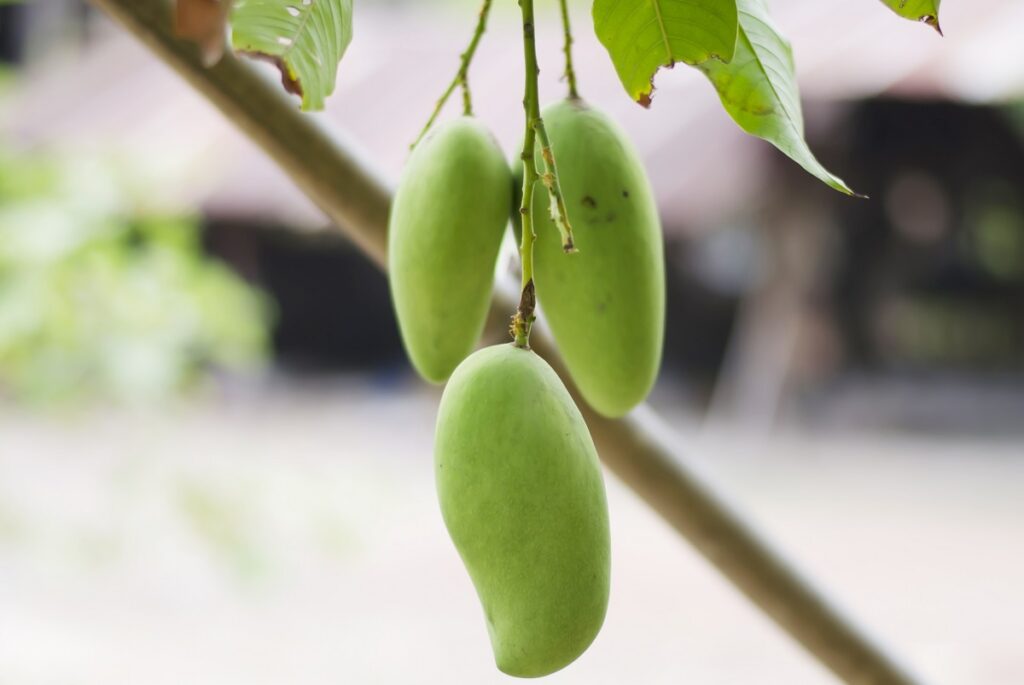
What is Dried Mango Powder?
Mangoes are native to India and Southeast Asia, and have been recorded as one of the oldest cultivated fruits in the world. Mango powder is made from unripe, green mangoes that have been sun-dried or oven-dried, then ground into powder. It’s primarily produced in northern India and Pakistan.
The term 'amchur' is a Hindi name derived from two words: 'am' or 'aam' which means mango, and 'chur' which means powder. One of the most vital uses of amchur in Indian cuisine is to lend a powerful fruity flavor and nutrient punch, so it features in many of your favorite South Asian dishes.
Amchur, or dried green mango powder, is a pale yellow spice with a tart, mildly sweet and fruity tang. It’s generally used to add bright acidity to dishes, with a honey-like aroma. This fruit powder has a fine texture and a pale brown or yellow color, preservative-free, dairy-free, low-carb, and vegan-friendly.
Because mango powder contains all of the nutrients found in the fruit, it’s high in vitamin A, vitamin C, vitamin K, and vitamin B6. Mango powder is also high in calcium, iron, magnesium, and dietary fiber, which promotes digestive health, blood sugar control, and liver detoxification.
This acidic Indian spice adds a bite to a wide range of dishes, helping to balance dishes by adding acid to counteract salt, fat, sugar, and heat. Mango powder is now very easy to find online through Amazon, but is still not common in most supermarkets. If you live near an Indian grocery store, however, it will be well-stocked.
How to Use Mango Powder
If you’re looking to make authentic Indian food at home, amchur powder is a must-have in your pantry. It's also extremely useful in Western cooking when you’re out of a souring agent like lemon or lime. Mango powder can be used as a fruity seasoning and acidic flavoring, without adding moisture to dishes.
This quintessential Indian spice is used to season chaats, soups, stews, stir-fries, and curries. Combined with yogurt and curry powder, it can also be used as a marinade for meat and poultry. It also adds sourness to various chutneys and pickles, and is an essential flavoring in Jaljeera, an Indian beverage that aids in digestion.
Use it with prudence, however, as it may overpower the flavor of a dish. When used in the right amount, it can enhance the flavor of dishes, helping bring together the flavors of other spices without losing the nuances of each one. Amchur pairs well with spices like cumin, coriander, turmeric, mustard seeds, and curry powder.
It can be used anywhere a touch of tartness and a slight mango flavor is desired. Here are some ways you can try amchur powder in your dishes:
- Use in vegetables like this Sauteed Amchur Potato dish
- Savory Tahini Squash Soup (Vegan)
- In various soups, and stews like this Sweet Potato Soup
- Season gluten-free samosa fillings
- To flavor fruit smoothies
- Add a twist to mocktails & cocktails
- Add a twist to chips, popcorn, french fries, nuts
- Make a mango chutney to dip samosas or pakora in
- Warming Chicken Curry
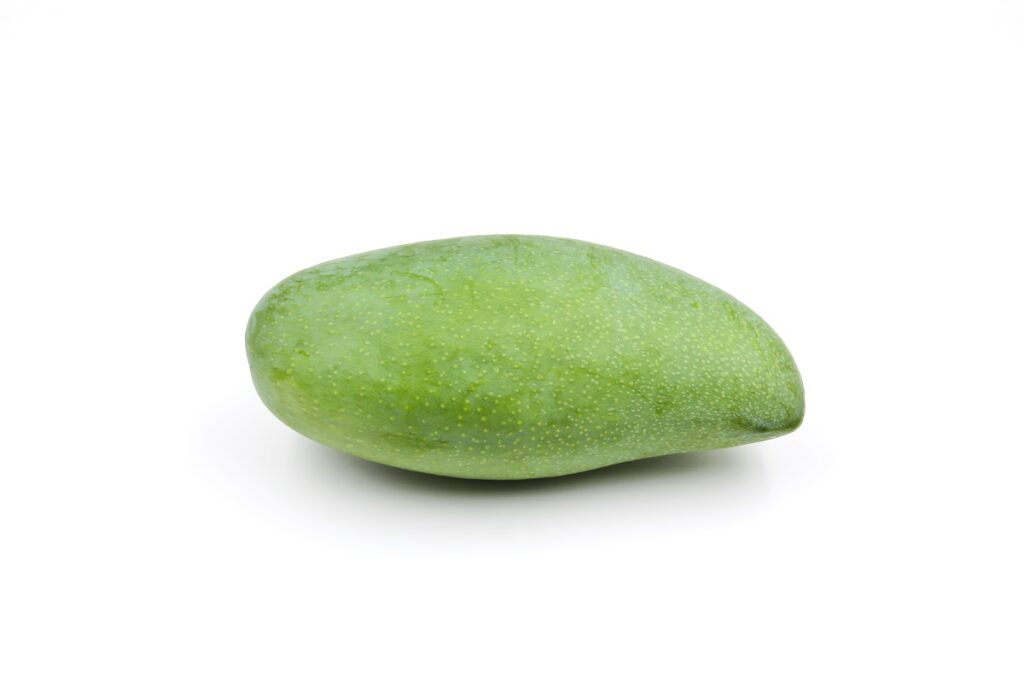
5 Best Mango Powder Substitutes
Mango powder is a spice made by grinding green mangoes, popular for adding sourness to dishes. If you don't have any, the best substitutes for amchur are homemade mango powder, lemon juice, tamarind paste, sumac, or chaat masala.
DIY Mango Powder
If you want to use mango powder in a recipe but don't have any on hand, you can easily make your own. Simply purchase unripe, green mangoes and thinly slice them to dry. Using a food dehydrator or convection baking at a low temp can ensure that the mango dries properly. Cooking times may vary slightly between ovens.
Blitz the mango pieces in a high-powered blender once they've completely dried, then keep the powder cool and dry in an airtight container. Use a 1:1 ratio of your homemade amchur powder substitute as a swap for the store-bought stuff.
Lemon Juice
Lemons are bright yellow fruits used for their juice and skins in many cooking and baking applications. Lemon juice may or may not include the fruits’ pulp, but always remove the bitter seeds, or else they can affect the taste of your dish. If your recipe requires a small amount of liquid, this makes for an excellent option when you need an amchur alternative, because it’s a liquid.
But because it will add moisture to the dish, it’s best used in soups, stews, or other dishes with chutney. When using lemon juice, just like with amchur you should add it in at the last step, using it in a 1:2 ratio. Start with just a little bit, because you wouldn’t want to overpower your dish with its bright taste. Perform a quick taste test once it’s been mixed into the dish, then add some more if you think it still needs that tangy sourness.
Sumac
A common Middle Eastern spice is sumac, a fruiting plant which flourishes in Africa, North America, and East Asia. The berries of the wild sumac flower are dried and powdered to create sumac powder, used widely in Middle Eastern spice blends, like za’atar. It tastes sour with undertones of dried fruit, which can give food a zesty flavor.
It has a similar tart flavor to amchoor and won't make the recipe more liquid-heavy. In most recipes, sumac powder can be used as a 1:1 substitution for dried mango powder.
Tamarind Paste
The bitter, black, sticky fruit known as the tamarind grows in pods. When tamarind fruit pods are refined, stripped of their outer husks, and pressed firmly into blocks, this sour creation is known as tamarind paste. It’s then strained to a sauce-like consistency due to the fruit’s inherently high fiber content and substantial number of seeds.
Indian, Thai, Mexican, Vietnamese, Latin, and Caribbean cuisines all use tamarind paste as a souring ingredient. Regardless of the origin or processing, tamarind paste is made from pulp and has a strong somewhat tart flavor, like mango powder. It works well as a substitute for amchur powder if you want to emulate the flavor and have the time to visit the store. Use this in a 1:1 ratio in recipes that have liquid, like soups, stews, curries, and chutneys.
Chaat Masala
If you like cooking Indian dishes, you may already have chaat masala lying around in your kitchen. Chaat masala is a common Indian spice mixture that uses amchur as the main ingredient, and is used to create a distinctive tangy, sour taste in dishes.
Chaat masala is not the best alternative to mango powder because it contains a few other ingredients (including hot pepper, which you can leave out), one of which is black salt, which has a very distinct eggy flavor that could easily overpower your dish. The spice blend is frequently used in chaats (street snacks), and also tastes delicious sprinkled on fruit.
While it is not a direct substitute for amchur, it can be used in dishes which already include other spices, such as chaats. When adjusting your recipe, make sure to account for the difference in flavor; so start with a 1:2 substitution.

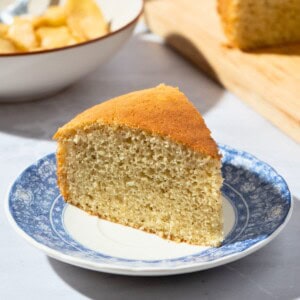











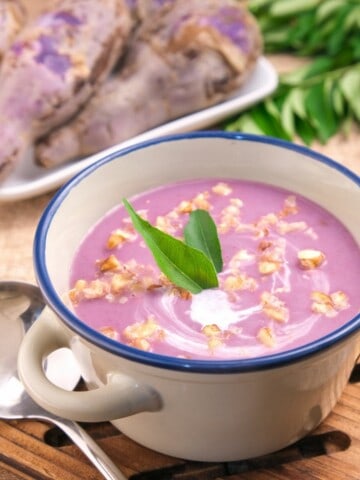
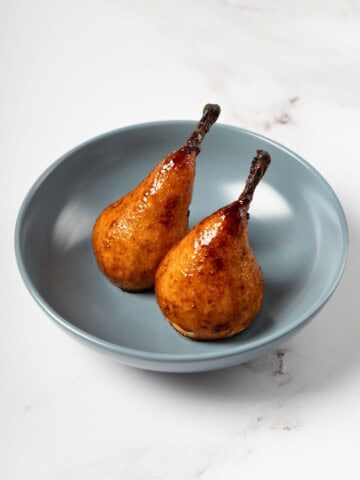
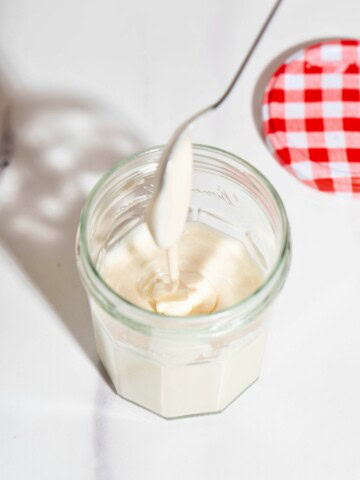

Comments
No Comments